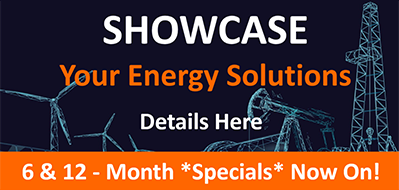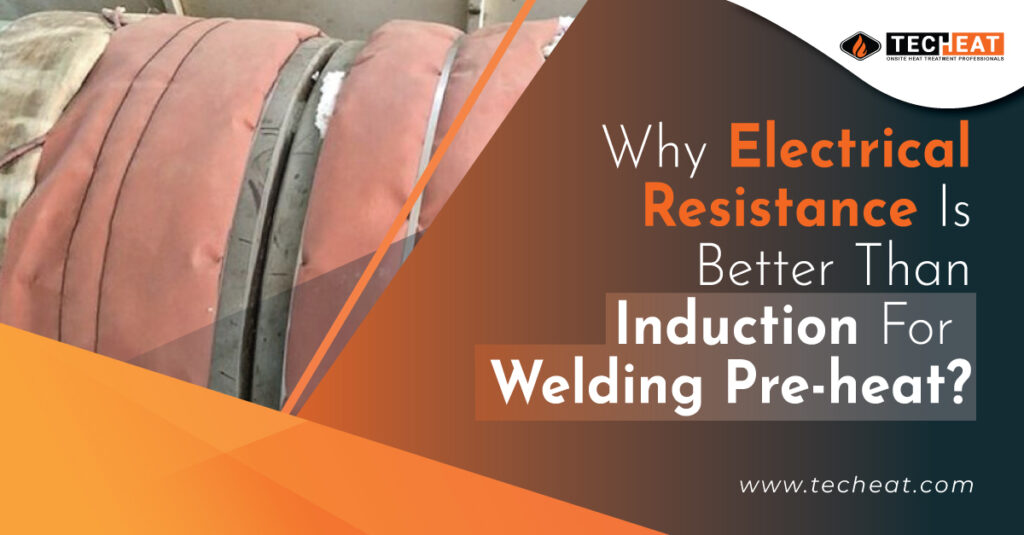In recent years, the popularity of induction heating equipment has surged, thanks to its availability and efficiency. Induction heating can rapidly heat materials, making it ideal for High Temperature (>1400F) heat-treat cycles or removing couplings from turbines. However, when it comes to pre-heating for welding, Field Heat Treatment Technicians still prefer electrical resistance 99% of the time.
Here’s why electrical resistance remains the go-to choice for welding pre-heat over induction, focusing on three key factors: equipment durability, capacity, and temperature control.
Durability of Equipment
When considering the durability of equipment, electrical resistance stands out. The power supplies for electrical resistance used in welding pre-heat typically come in two forms: self-contained generator rigs (125 to 150 kVA) or consoles (65 to 100 kW). These systems rely on robust three-phase transformers to power heating elements via welding cables. These heavy-duty transformers are incredibly reliable and can last anywhere from 10 to 20 years, even in demanding field conditions.
On the other hand, induction heating equipment for welding pre-heat usually utilizes a 35-kW power supply with a power inverter similar to those in welding machines. These inverters are packed with electronic components that are prone to failure, particularly in field environments where temperature, humidity, and air quality are hard to control. As a result, companies using induction often need to bring backup equipment to job sites, a precaution seldom needed with electrical resistance systems.
Equipment Capacity
When it comes to capacity, electrical resistance offers significant advantages. The most commonly used 35-kW induction machines can cover only about 53 sq. ft. of surface area in a liquid-cooled setup. In contrast, a standard six-way electrical resistance console can heat up to 144 sq. ft. of area. This means that portable generator rigs used for pipeline welding pre-heats can cover two to four times more area than a single induction unit.
For instance, an induction machine might heat a single 48-inch, 1.20-inch-thick pipe to 300 degrees in 15 minutes, compared to 30 minutes with electrical resistance. However, a self-contained generator rig can heat three of these joints simultaneously, leading to significant time savings and increased efficiency in large-scale operations.
Precision in Temperature Control
Temperature control is crucial in welding pre-heat, especially with the stringent requirements of modern materials and welding procedures. Electrical resistance systems excel in this area due to their multiple independent points of control. Each heating element can be independently managed through contactors, allowing precise control over the temperature.
In contrast, induction heating systems typically feature a single point of power output control. Even though they can utilize multiple thermocouple inputs to average or select the controlling thermocouple, the lack of independent control for each coil can be problematic. For example, if you use an induction machine to heat both a 12-inch Sch. 40 pipe and a 16-inch Sch. 160 pipe simultaneously, the smaller pipe may overheat before the larger pipe reaches its desired temperature, or the larger pipe may never reach the set temperature if the smaller pipe is controlling the output.
Conclusion
While induction heating has many applications where it excels, welding pre-heat is not typically one of them. Electrical resistance provides more durable equipment, greater capacity, and superior temperature control. Therefore, for welding pre-heat, it’s crucial to choose the method that best meets the specific needs of your application. By understanding these differences, you can ensure a more efficient and reliable welding process.
About TECHEAT
We provide a full range of field heat treatment solutions using Electrical Resistance, Induction and high-velocity combustion Equipment. We are industry experts in the areas of preheat and post-weld heat treatment applications. As a full-service company we offer quality assurance, consulting , contracting, equipment maintenance, repair and modification services.
TECHEAT (Technical Heat Treatment Services Ltd.)
https://www.techeat.com
Share This:




 CDN NEWS |
CDN NEWS |  US NEWS
US NEWS 


























COMMENTARY: Markets Call Trump’s Bluff on Russian Oil Sanctions in Increasingly Risky Game – Bousso